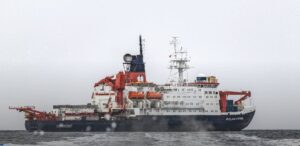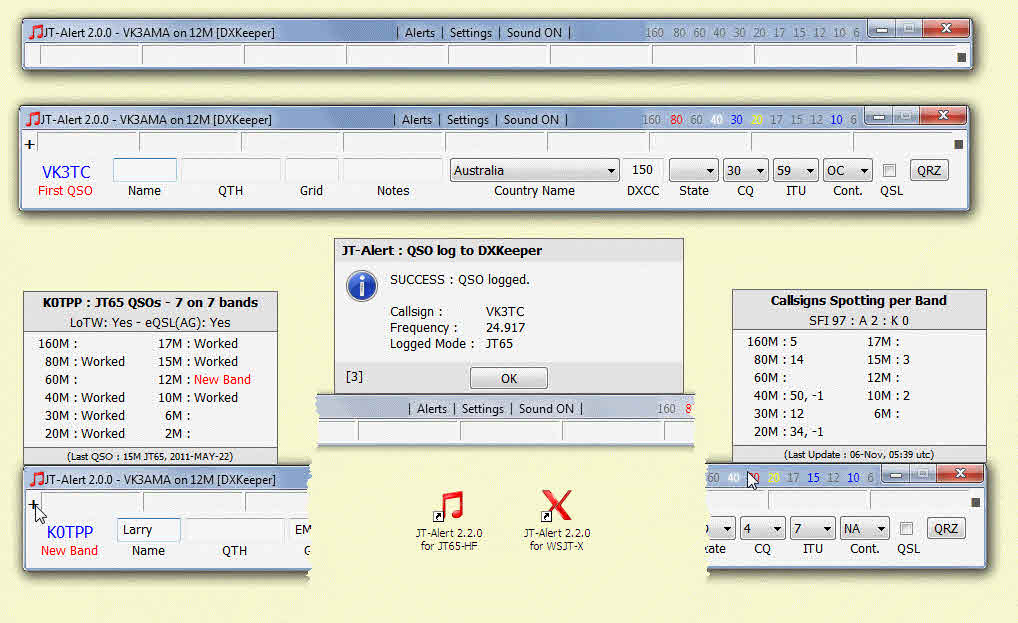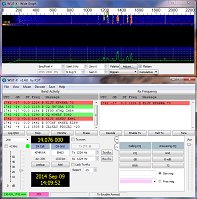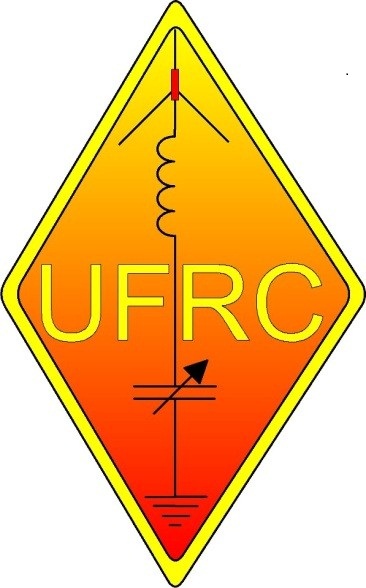 The German Research Vessel Polarstern has made a remarkable circumnavigation of Antarctica’s latest mega-iceberg. It was an opportunity too good to miss for the research icebreaker, which is operated by the Alfred Wegener Institute (AWI) in Bremerhaven.
The German Research Vessel Polarstern has made a remarkable circumnavigation of Antarctica’s latest mega-iceberg. It was an opportunity too good to miss for the research icebreaker, which is operated by the Alfred Wegener Institute (AWI) in Bremerhaven.
The ship sailed a complete circuit of the 1,290-sq-km (500 sq miles) frozen block, known as A74, at the weekend.
To do so, R/V Polarstern had to navigate the very narrow channel that separates A74 from the Brunt Ice Shelf – the frozen floating platform from which the berg broke two weeks ago. The vessel was already working nearby on a pre-planned expedition, so it was easy enough to divert and conduct some serendipitous science.
The EU’s Sentinel-2 satellite managed to image the ship in the process.
Read more at: https://www.bbc.com/news/science-environment-56404142

Le navire de recherche allemand Polarstern a fait un remarquable tour du monde du dernier méga-iceberg de l’Antarctique. C’était une opportunité trop belle à manquer pour la recherche
brise-glace, qui est exploité par l ‘ Institut Alfred Wegener (AWI) à Bremerhaven.
Le navire a parcouru un circuit complet du bloc gelé de 1 290 km2 (500 miles carrés), connu sous le nom A74, ce week-end.
Pour ce faire, le R / V Polarstern a dû naviguer dans le canal très étroit qui sépare l’A74 de la plate-forme de glace Brunt – la plate-forme flottante gelée à partir de laquelle le berg s’est cassé.
il y a deux semaines. Le navire travaillait déjà à proximité lors d’une expédition pré-planifiée, il était donc assez facile de se détourner et de mener une science fortuite.
Le satellite Sentinel-2 de l’UE a réussi à imager le navire au cours du processus.
Lire la suite sur : https://www.bbc.com/news/science-environment-56404142
Info de la Source Publié * ICI





























